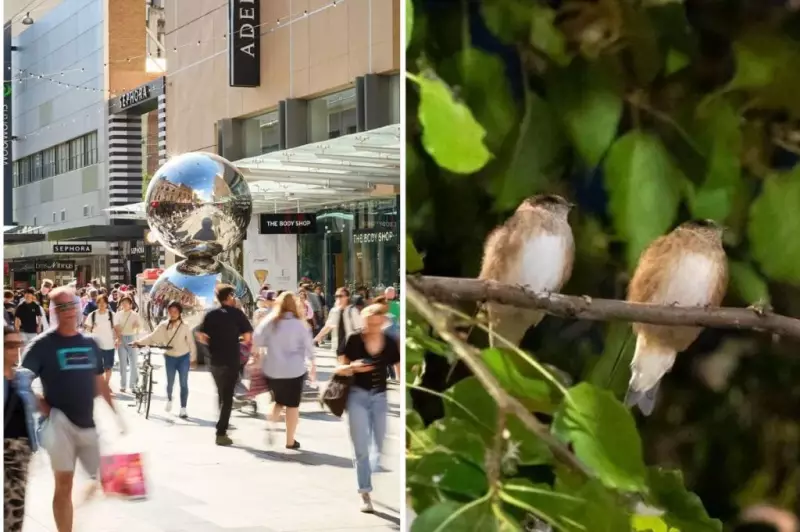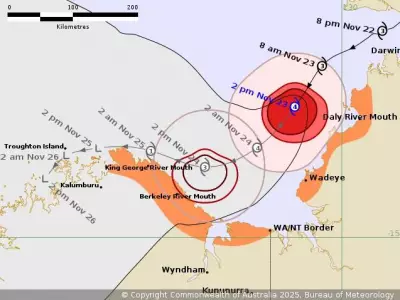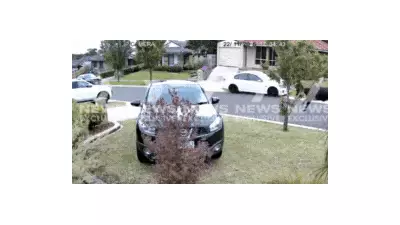
Adelaide City Council is taking wing with a bold new approach to managing the city's persistent bird roosting problems, approving a substantial $150,000 investment in specialized deterrent systems. The decision comes after extensive evaluation of the damage caused by ibis and pigeon populations nesting in key urban infrastructure.
The High Cost of Urban Coexistence
For years, Adelaide's city buildings have served as prime real estate for native ibis and pigeon populations seeking shelter and nesting sites. While these birds have become part of the urban landscape, their roosting habits have created significant challenges for property owners and council maintenance teams alike.
The accumulated damage from bird droppings, nesting materials, and structural impacts has reached a tipping point, prompting council to seek a comprehensive solution that balances wildlife protection with practical urban management.
Innovative Solutions Taking Flight
The approved funding will implement state-of-the-art bird deterrent systems across multiple council-owned properties. These solutions include:
- Advanced spike installations that prevent landing without harming birds
- Specialized netting systems for larger architectural features
- Electronic deterrent devices that use sound and motion to discourage roosting
- Strategic habitat modification to redirect birds to more appropriate areas
Balancing Nature and Urban Infrastructure
Council representatives emphasize that the approach isn't about eliminating birds from the city entirely, but rather managing the conflict points where roosting causes significant damage or health concerns. "We're committed to finding solutions that allow wildlife and urban environments to coexist sustainably," a council spokesperson noted.
The investment follows successful pilot programs at several locations where similar deterrent systems have proven effective in reducing maintenance costs and preserving building integrity.
A Long-Term Investment in City Maintenance
While the $150,000 price tag might raise eyebrows, council analysis suggests the investment will pay dividends in reduced cleaning costs, extended building lifespan, and improved public health outcomes. Regular pressure washing and repair work caused by acidic bird droppings has represented an ongoing expense for the council budget.
The new systems are designed as a long-term solution, with expected operational lifespan exceeding a decade and minimal maintenance requirements once installed. This represents a shift from reactive cleaning to proactive management of urban wildlife challenges.
Installation of the new deterrent systems is scheduled to begin next month, with priority given to buildings experiencing the most significant roosting problems. The council will monitor the effectiveness of each approach to refine future urban wildlife management strategies.





